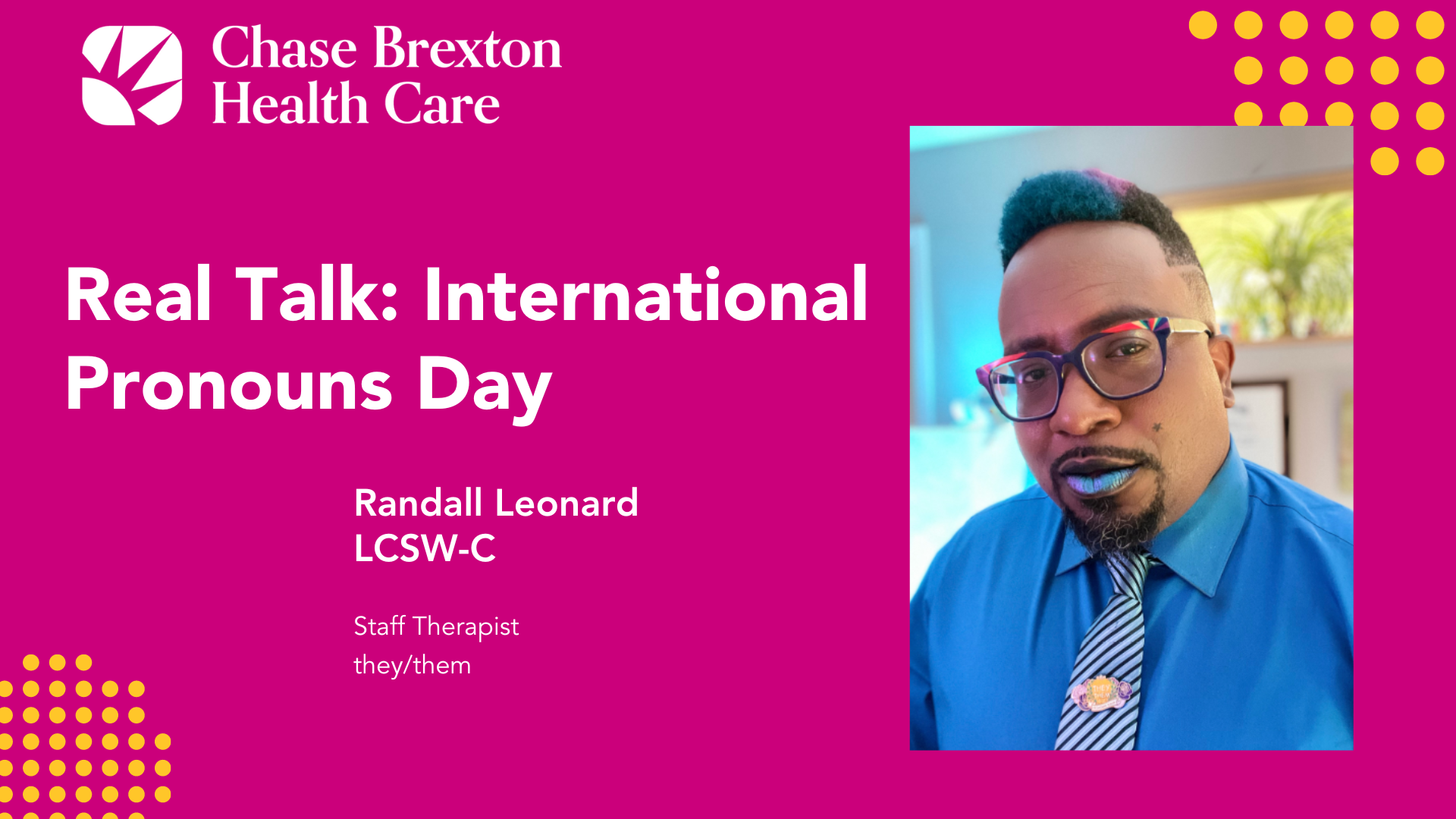International Pronoun Day 2022
(10/17/22) What are pronouns? Pronouns are words we use to refer to someone in the third person. Examples include they/them, she/her, and he/him.
What does gender have to do with pronouns?
In the English language, pronouns have historically been gendered, meaning they convey information about the person’s gender, whether that information is accurate or not.
For many of us whose identity sits outside the binary or whose gender does not align with sex assigned at birth, being called by the wrong pronoun is uncomfortable and sometimes hurtful or traumatic.
It’s important to not make assumptions about a person’s presentation or identity based solely on what pronouns they use.
Can you use more than one pronoun?
Yes! For instance, someone may use they/she pronouns, typically meaning they use a combination of these pronouns.
Sharing Pronouns
Sharing your pronouns is a friendly way of opening a conversation and inviting the person you are talking with to share theirs. Here’s an example: “My name is Alex. I go by ‘she/her’ or ‘they/them’. What pronouns do you use?”
If they are unfamiliar with the question, use the opportunity to teach them why you are asking. Try: “I meet a lot transgender and gender expansive folks, so I like to ask people what pronoun is most comfortable for them. It’s the best way to be respectful to everyone.” If someone doesn’t feel comfortable sharing, don’t force them! Pronouns can be a sensitive topic for some.
What if I make a mistake?
Mistakes happen! Apologize and correct yourself then move on. Don’t belabor the point with over-the-top apologizing.
*Remember! Gender identity is complex, and pronouns don’t tell you everything about a person’s gender!

To learn more about pronouns, watch our International Pronouns Day discussion lead by Chase Brexton staff therapist, Randall Leonard here.

